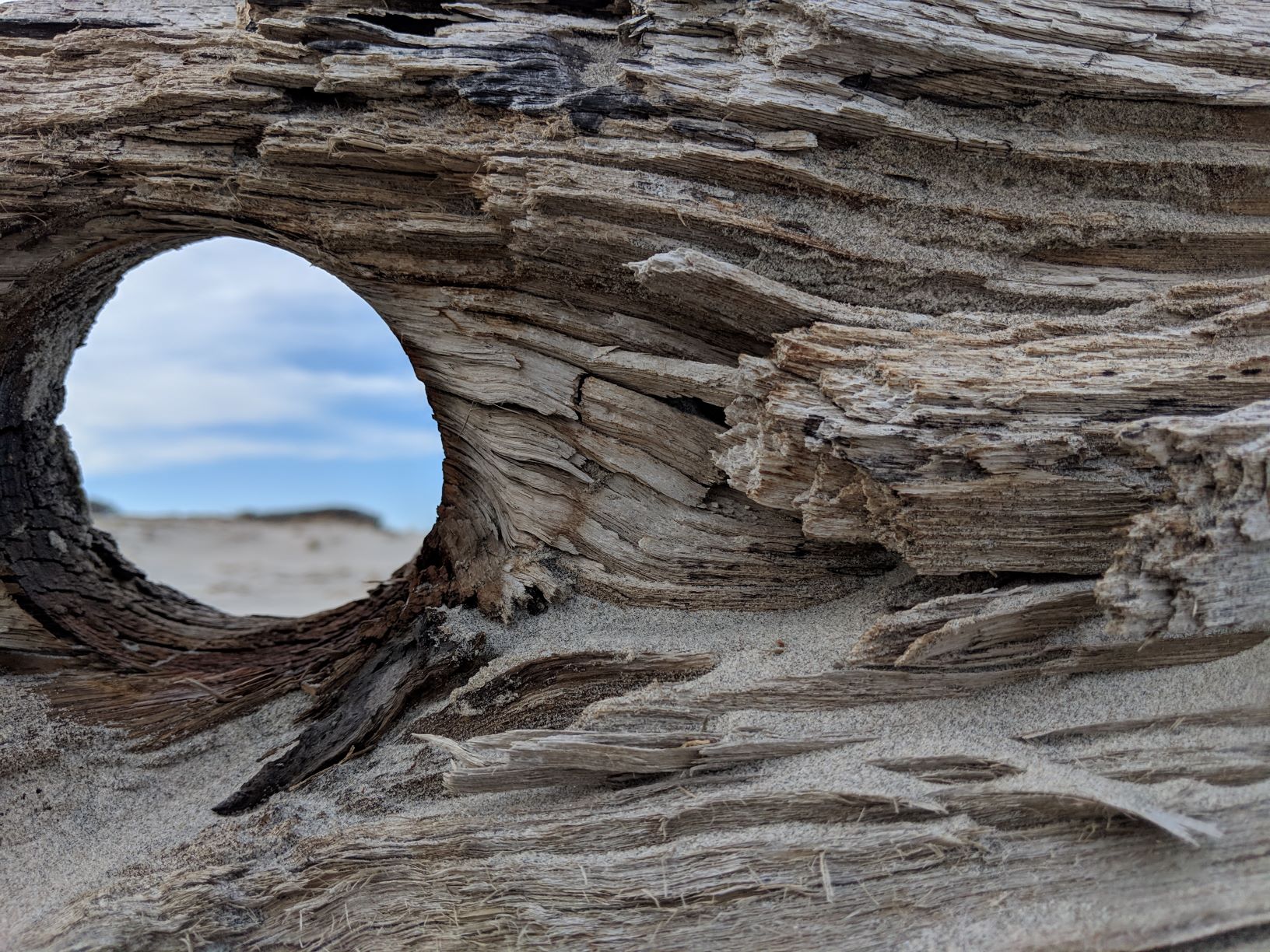Light a candle.
May apple orchard blossoms fed by the energy of sunlight caught by the tree’s leaves beckon to honey bees. Apple trees are sexual beings. Offering nectar, their sticky stigmas wait under the warm spring sun for the brush of pollen.
The bees collect nectar, and make honey. In the second week of a bee’s life, she eats lots of honey, which she converts to wax through special glands under her belly; her belly exudes wax scales, which other bees then harvest for the hive.
The bees chew the wax and shape it to form the honeycomb; they use hexagonal tubes to store the honey, getting the most volume for the least amount of wax. Ask a mathematician to come up with a more efficient shape.
In the olden days, kids chewed on honeycombs. ‘Course, in the olden days, most kids were breastfed, too. Now it’s Enfamil and Bazooka Joe.
Light a candle.
Forests of plankton caught sunlight millions and millions of years ago. The plankton sank and was buried. Under increasing pressure and temperature, the bonds of life transform into hydrocarbons we burn today.
A few miles from here, petroleum is cracked in refineries–gasoline, oils, and paraffin all come from the same rich crude. Travel through the northern corridor of the New Jersey Turnpike and you can see the cracking towers lighting the sky, flames licking over a puzzle of giant pipelines and huge tanks.
Most candles today are made from paraffin.
Just about every school child knows that plants capture sunlight and carbon dioxide to form “stuff”: our food, our heat, our homes, our air all depend on photosynthesis. Carbon dioxide and water fueled by the energy of the sun form carbohydrates and release oxygen.
Chlorophyll gets all the glory–it captures the energy of photons, lassoing excited electrons like roping calves as they bounce from chlorophyll molecule to chlorophyll molecule, finally calmed down enough to be converted into chemical energy.
Still, after all is said and done, the light reaction leaves us with just ATP and NADPH–enough to keep you going if you’re a bacterium, but nothing you’d serve at Christmas dinner.
Credit Melvin Calvin for figuring out the cycle of reactions that fix carbon dioxide to organic compounds during photosynthesis. It’s how an acorn can turn into a massive tree without “using up” soil.
The critical step is grabbing hold of a carbon dioxide molecule (relatively rare in our air, despite its starring role in global warming) and plying it into existing organic compounds, creating high energy hydrocarbon bonds that make the existence of humans possible.
At the heart of the process is an ancient enzyme rubisco. Some enzymes can catalyze millions of reactions per second.
Not rubisco–it churns out new molecules at the parkinsonian rate of 3 reactions per second.
Most enzymes are amazingly picky; each enzyme reacts only with very specific molecules.
Not rubisco–it gets confused. Oh, it mostly gets things right, grabbing a carbon dioxide molecule to fix to a carbon chain, but now and again it grabs oxygen instead. Oh, well.
It’s an old, old enzyme.
It’s an inefficient enzyme.
It’s an unevolved enzyme.
It’s also the most abundant protein on this planet.


